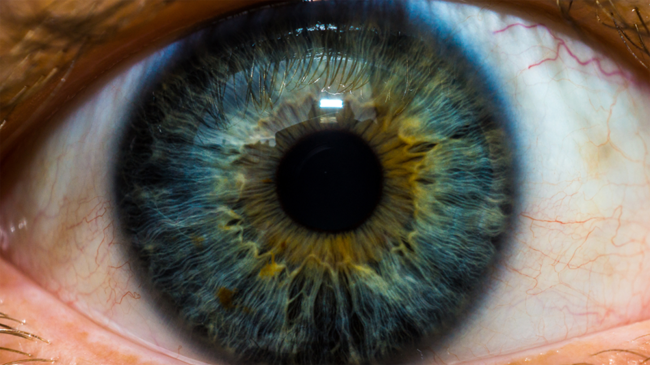
iStockphoto
For the first time ever, doctors have announced they were able to successfully perform a human eyeball transplant.
The surgery took place on May 27th at NYU Langone Health in New York.
The procedure, which also included a partial face transplant was performed by Dr. Eduardo Rodriguez, director of the face transplant program and chair of the department of plastic surgery, along with a team of more than 140 people including other doctors, nurses and support staff.
The recipient was 46-year-old electrical lineman Aaron James from Arkansas who had suffered severe electrical burns to his face, left eye and left arm when he touched a live wire, sending 7,200 volts through his body, New Scientist reports.
Rodriguez and his team transplanted the nose, lips, chin, bone segments under the left cheek, most of the tissue beneath the right eye, and the entire left eye including the optic nerve, eyelids, eyebrows and eye socket, of a deceased donor, who was in his 30s.
The first challenge was extracting the intricate network of blood vessels surrounding the eyeball. Unlike other facial features, the eye receives blood from directly behind the brain. So, the surgeons had to partially remove the donor’s skull to access these vessels.
To avoid having to remove part of James’s skull too – which would have meant operating near his brain – the surgeons connected the vessels to others in the donor’s face. This allowed the team to re-establish blood flow to the eye within 25 minutes of the surgical procedure and bypass the brain. Then later, during the transplant itself, they reconnected these vessels to some in James’s neck.
Scientific American reports that they also transplanted stem cells from the donor’s bone marrow with the hope that it would help the optic nerve regenerate and restore his sight in that eye.
It has now been more than five months since the 21-hour procedure and so far James is doing well. He can talk, eat food on his own, and the eyeball appears to be healthy and can even produce tears.
“I think from our standpoint, the fact the individual survived the operation, the fact we’ve not had any complications whatsoever – and there could have been many – is a success,” says Rodriguez.
James isn’t able to see yet – and may never will – using his new eyeball, but as Rodriguez pointed out, “the fact that we can given this person another chance at a normal life with the possibility of some form of sight is wonderful.”